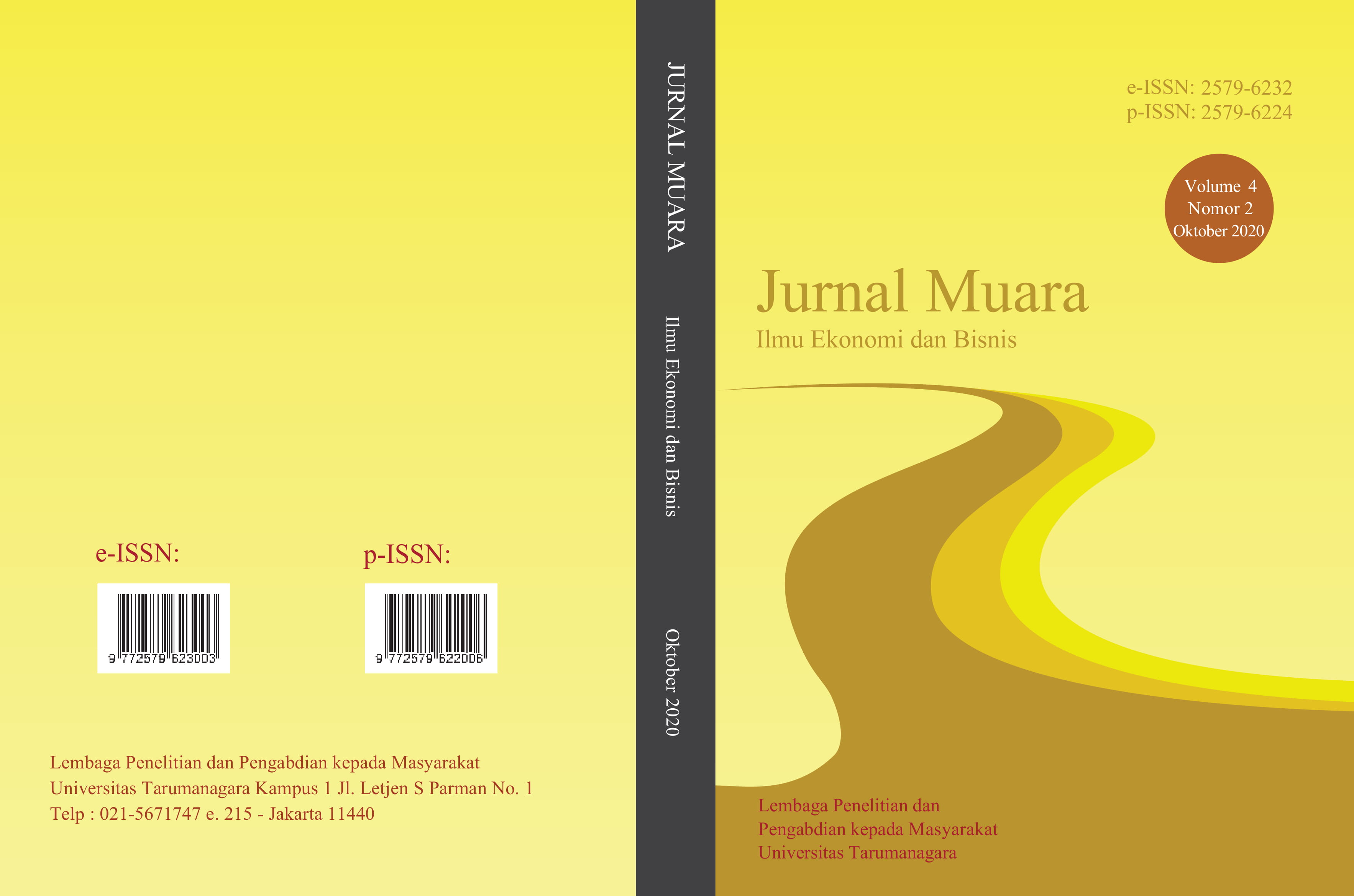THE INFLUENCE OF PERSONALITY TRAITS AND EMPLOYEE DEVELOPMENT ON THE JOB PERFORMANCE OF ENGINEERS IN MALAYSIA
Main Article Content
Abstract
Penelitian ini mempelajari bagaimana ciri-ciri kepribadian mempengaruhi kinerja kerja insinyur di Malaysia dan bagaimana pengembangan karyawan memastikan kinerja kerja yang optimal dalam lingkungan yang terus berubah. Sampel insinyur yang bekerja di perusahaan berbasis Elektro dan Elektronika dan hasilnya menunjukkan bahwa Extraversion dan Openness berkorelasi positif dengan Prestasi Kerja sementara Agreeableness dan Neuroticism berkorelasi negatif. Itu juga menunjukkan bahwa pengembangan karyawan memoderasi hubungan antara Kepribadian dan Prestasi Kerja untuk individu dengan tingkat Conscientiousness yang tinggi. Penemuan ini menunjukkan bahwa individu dengan ciri kepribadian yang berbeda mempersepsikan dan menanggapi upaya pengembangan karyawan secara berbeda, dengan demikian pentingnya rencana pengembangan individual.
This paper studies how personality traits affect the job performance of engineers in Malaysia and how employee development ensures optimal job performance in an environment of constant change. A sample of engineers working in Electrical and Electronics based companies were studied and the results showed that Extraversion and Openness were positively correlated to Job Performance while Agreeableness and Neuroticism were negatively correlated. It was also shown that employee development moderates the relationship between Personality and Job Performance for individuals with high levels of Conscientiousness. These findings show that individuals with different personality traits perceive and respond to employee development efforts differently, thus the importance of individualized development plans.
Article Details
References
Barrick, M.R. & Mount, M.K., (1991). The Big Five Personality Dimensions and Job Performance: A Meta-Analysis. Personnel Psychology, 44: 1-26.
Barrick, M.R. & Mount, M.K. (2005) Yes, Personality Matters: Moving onto More Important Matters, Human Performance Vol 18(4) pp 359-372.
Fahr, J.L., Zhong, C.B., Organ, D.W., (2004) Organizational Citizenship Behavior in the People’s Republic of China, Organization Science, Vol 15 No. 2 April 2004, pp 241-253
Frei, R. L., & McDaniel, M. A. (1997). Validity of customer service measures in personnel selection: A review of criterion and construct evidence. Human Performance, Vol 11, pp 1–27.
Hair, J. F., Sarstedt, M., Ringle, C. M., & Mena, J. A. (2012). An assessment of the use of partial least squares structural equation modeling in marketing research. Journal of the academy of marketing science, 40(3), 414-433.
John, O. P., & Srivastava, S. (1999). The Big-Five trait taxonomy: History, measurement, and theoretical perspectives. In L. A. Pervin & O. P. John (Eds.), Handbook of personality: Theory and research (Vol. 2, pp. 102–138). New York: Guilford Press.
Kennedy, P. W., & King, I. P. (2005). Economic progress and skill obsolescence with network effects. Economic Theory, 26, 177–201
Koopmans, L., Bernaards, C.M., Hildebrandt, V.H., Schaufeli, W.B., deVet, H.C.W., van der Beek, A.J., (2011) “Conceptual Frameworks of Individual Work Performance – A Systematic Review”, American College of Occupational and Environmental Medicine. (DOI: 10.1097/JOM.0b013e31822a763.
LaHuis, D. M., Martin, N. R. & Avis, J. M. (2005). Investigating nonlinear conscientiousness-job performance relations for clerical employees. Human Performance, 18 (3), 199–212.
Lee, C. H., & Bruvold, N. T. (2003). Creating value for employees: Investment in employee development. International Journal of Human Resource Management, 14, 981–1000.
Motyl, Barbara & Baronio, Gabriele & Uberti, Stefano & Speranza, Domenico & Filippi, Stefano. (2017). How will Change the Future Engineers’ Skills in the Industry 4.0 Framework? A Questionnaire Survey. Procedia Manufacturing. 11. 1501-1509. 10.1016/j.promfg.2017.07.282.
Muthuveloo, R., Basbous, O.K., Teoh, A.P., Long, C.S. (2013) Antecedents of Employee Engagement in the Manufacturing Sector, American, Journal of Applied Sciences 10(12), 1546-1552, 2013.
Muthuveloo, R. & Teoh, A.P. (2013). Achieving business sustainability via I-Top Model, American Journal of Economics and Business Administration, 5(1), pg 15-21
Muthuveloo, R. & Teoh, A.P. (2017). RACE: The Theory of Emergence for Strategic Entrepreueurship, International Review of Management and Marketing, 7(1), pg 164-168
Podsakoff, P.M., MacKenzie, S.B., Paine, J.B., Bachrach, D.G. (2000). Organizational Citizenship Behaviors: A Critical Review of the Theoretical and Empirical Literature and Suggestions for Future Research. Journal of Management Vol 26, Issue 3. Pp. 513-563.
Revelle, W., Condon, D.M. (2015) A model for personality at three levels, Journal of Research in Personality, 56 (2015) pp 70-81.
Rousseau (1995). Psychological Contracts in Organizations: Understanding written and unwritten agreements. Sage Publication, California.
Senge, P. (1990). The fifth discipline: The art and practice of the learning organization. New York: Doubleday Currency.
Spender, J.C. (1993). Competitive advantage from tacit knowledge? Unpacking the concept and its strategic implications, Academy of Management Best Papers Proceedings, August, pp. 37-41.
Tonby, O., J. Ng and M. Mancini (2014), Understanding ASEAN: The manufacturing opportunity, McKinsey Productivity Sciences Center
Viswesvaran, C., & Ones, D. S. (2000). Perspectives on models of job performance. International Journal of Selection and Assessment, 8, 216–226.
Watkins, K. E., & Marsick, V. J. (1993). Sculpting the learning organization: Lessons in the art and science of systemic change. San Francisco, CA: Jossey-Bass.
Wen, C.K., Muthuveloo, R. & Teoh, A.P. (2017) The Effects of Heart Count on Employee’s Perception on Separation. Journal of Engineering Applied Science, 12 (2), 248-25.



